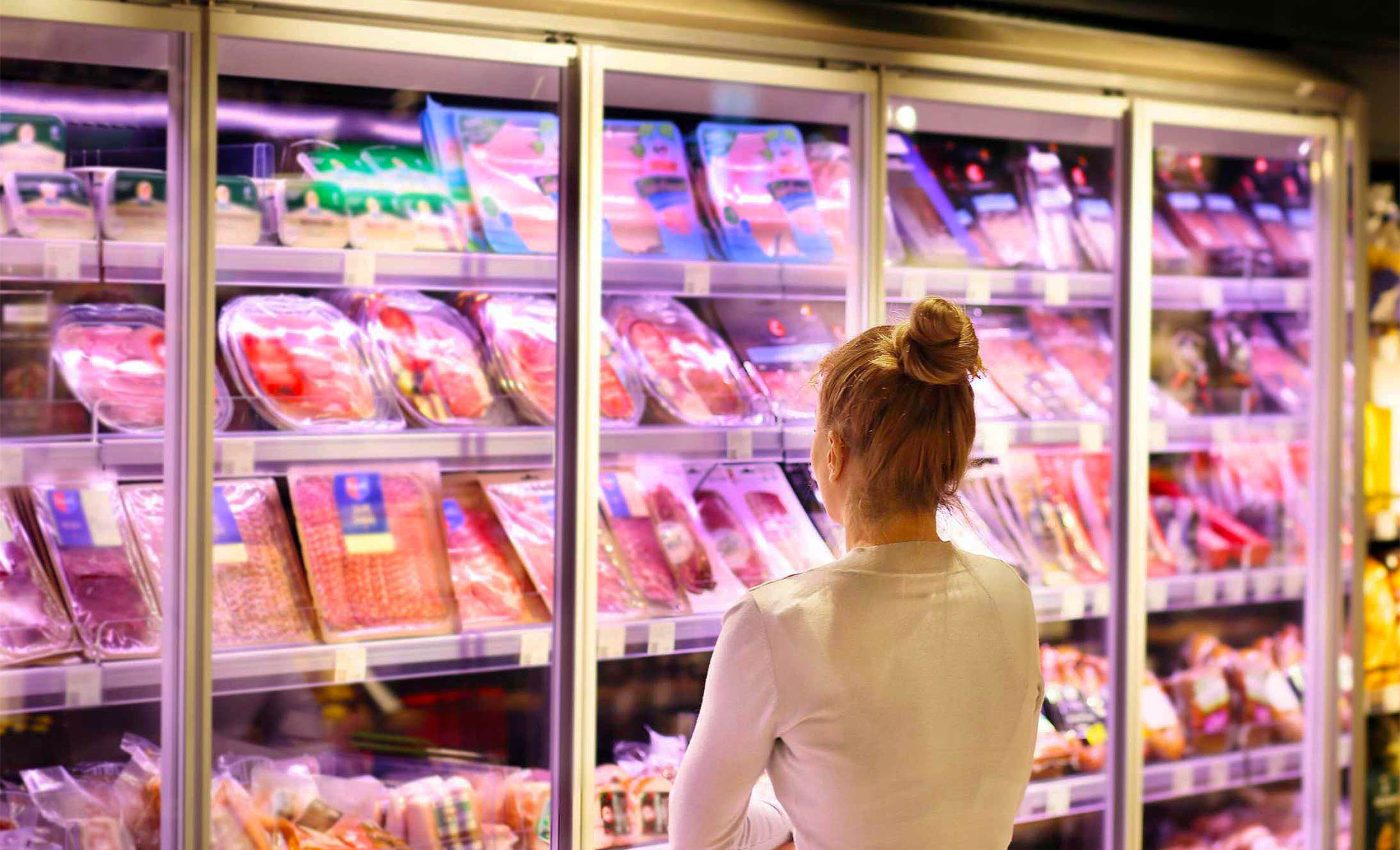
Frozen foods face consumer skepticism despite offering nutrition
Shoppers often walk right past the freezer aisle, worried that frozen foods lack nutrition and that packaged meals might taste stale. These hesitations can push them toward pricier fresh items and lead to misconceptions about convenient options.
Health skepticism has become a powerful force in food choices. Many consumers fear that the nutritional value of frozen meals is questionable and that the freshness they crave might be lost in cold storage.
Dr. Muhmmad Waqas, Senior Lecturer, Portsmouth Business School, University of Portsmouth, recently led a study that investigated these concerns.
His research uncovered important links between health anxiety and the rejection of frozen products, revealing that negative word-of-mouth can arise when worries go unaddressed.
Why people believe frozen foods are unhealthy
Modern diets come with plenty of labels, from organic to GMO-free. The term freshness signals that a product is in its purest state, so items in freezers sometimes feel like they fall short.
Many families focus on the idea that freezing ruins taste and texture. They might think nutrient content is drained by the freezing process, even though vegetables are often flash-frozen to preserve vitamins.
Facts help restore trust in frozen meals
A lack of information about how frozen options are handled can spark mistrust. Concerns become especially pronounced when health-conscious shoppers see conflicting messages.
“While frozen foods can be just as nutritious as fresh options, many consumers simply don’t believe it,” said Dr. Waqas. His statement is backed by studies showing similar vitamin and mineral content between frozen and fresh produce.
Young shoppers choose fresh food over frozen
There is a trend among younger shoppers to buy fresh ingredients more frequently. Some data suggest that nearly half of 16–24-year-olds in the UK lean toward fresh foods over frozen.
Their buying habits are fueled by health concerns and the idea that fresh might be superior. In many cases, social media plays a role, highlighting farm-to-table ideals that overshadow legitimate benefits of frozen produce.
Clear information changes minds
Once shoppers hear credible facts, their negativity about frozen foods often decreases. They see how convenience and affordability can work together to provide balanced meals.
“Frozen food has a crucial role to play in creating a more sustainable and affordable global food system,” said Professor Yuksel Ekinci, Faculty of Business and Law, University of Portsmouth.
His view fits with an evolving market that points to wider acceptance when facts replace rumors.
The global food sector and frozen sales
The food industry reached a worth of about $9.36 trillion in 2023. Yet a sizable share of consumers remains wary of commercial products, with only 43 percent stating confidence in their health benefits.
Frozen offerings make up a meaningful segment of that total. Estimates show frozen foods may generate $366.3 billion in economic activity by 2026.
Shifting perceptions through conversation
Research indicates that people who harbor doubts about frozen foods may discourage others from buying them. This negativity spreads across social media platforms where one bad story can travel fast.
Researchers note that providing clear, factual data about nutritional integrity can turn the conversation around. Positive information may also highlight cost-effectiveness and how freezing can help keep meals fresh for extended periods.
Health habits make people avoid frozen foods
Food choices often tie in with deeper beliefs about health and habit. Innovation resistance theory explains why certain concepts – like embracing frozen produce – can clash with ingrained views about healthy eating.
When worries about freshness morph into bigger health fears, rejection becomes more likely. Shoppers might decide to steer clear of the freezer section, missing out on quick, nutrient-rich options.
The role of affordability
Affordability can influence attitudes toward frozen meals. Many households find value in stocking up on products that last longer, reducing grocery trips and potential waste.
If brands demonstrate that freezing technology helps preserve nutrition, they may reduce hesitation. People often feel better when they learn that quick-freeze methods maintain important vitamins and minerals without harmful additives.
How to choose healthier frozen foods
Shoppers who worry about additives can look for ingredient lists containing only the food itself. The notion that all frozen meals must be filled with preservatives is frequently incorrect.
Individuals can also compare nutritional labels. They may be surprised to see that certain frozen products align with dietary recommendations for essential nutrients.
Resolving trust issues
When trust in food producers is already shaky, products that seem processed face extra skepticism. Frozen items sometimes get lumped into the same category as ready-to-eat meals with high sodium.
Counteracting these doubts may call for clear messaging that emphasizes beneficial qualities. This step can relieve the worry that accompanies packaging, labels, or confusing health claims.
How frozen food keeps its nutrition
Some brands have begun to showcase how they freeze items at peak freshness. Marketing campaigns are starting to focus on transparency, revealing exactly how produce goes from farm to freezer.
Consumers who educate themselves on the process are finding fewer reasons to distrust what’s cold. They discover that technology and safe handling practices can retain flavor and quality.
Word-of-mouth can reshape frozen food’s reputation
Shoppers often rely on friends and family for advice, which makes word-of-mouth crucial. When negative stories circulate, it reinforces longstanding doubts.
“This isn’t just about frozen peas or pizzas. It’s about changing the conversation around what we eat, what we trust, and how we can create a food system that works for people and the planet,” said Dr. Waqas.
The study is published in the British Food Journal.
—–
Like what you read? Subscribe to our newsletter for engaging articles, exclusive content, and the latest updates.
Check us out on EarthSnap, a free app brought to you by Eric Ralls and Earth.com.
—–













